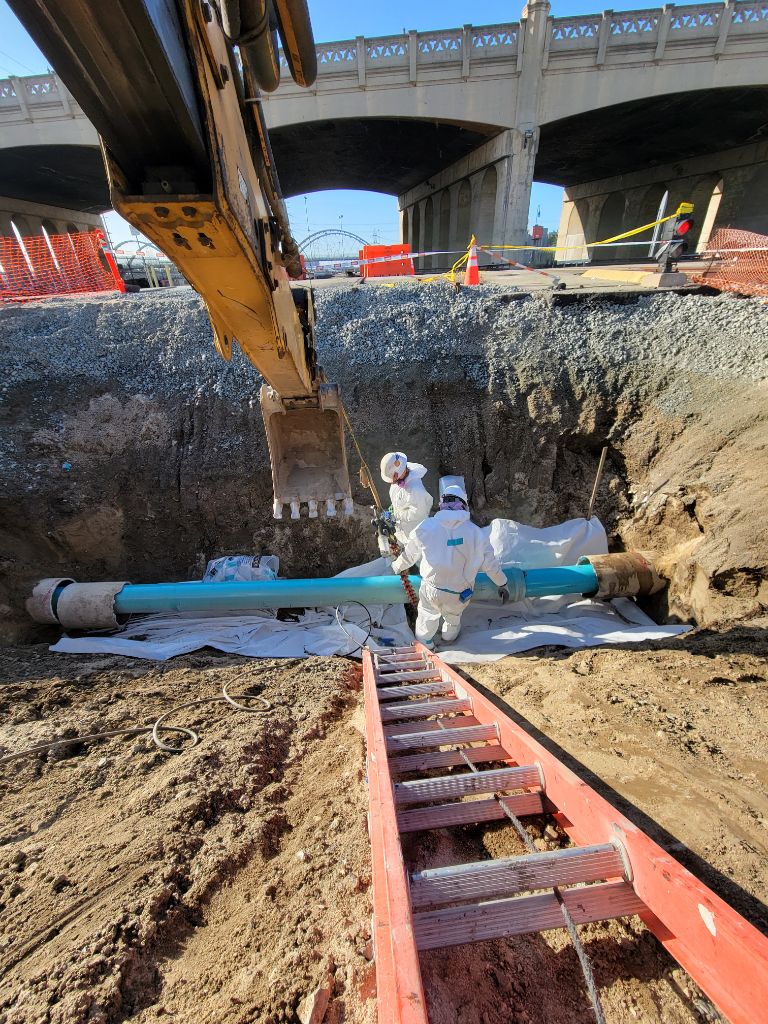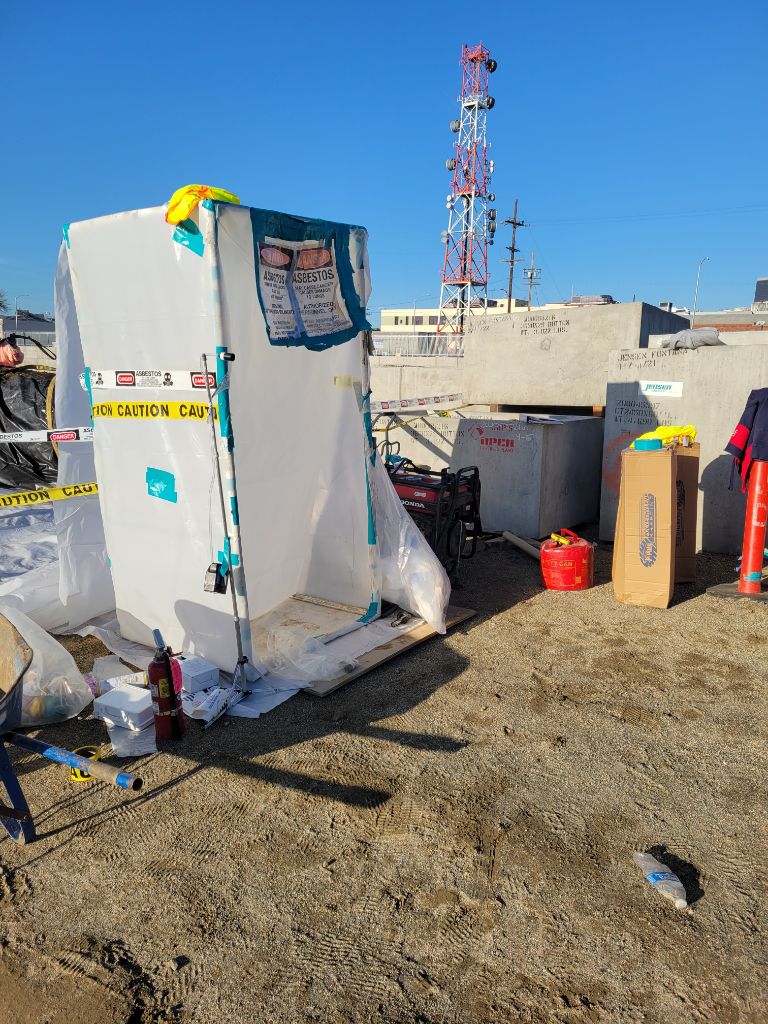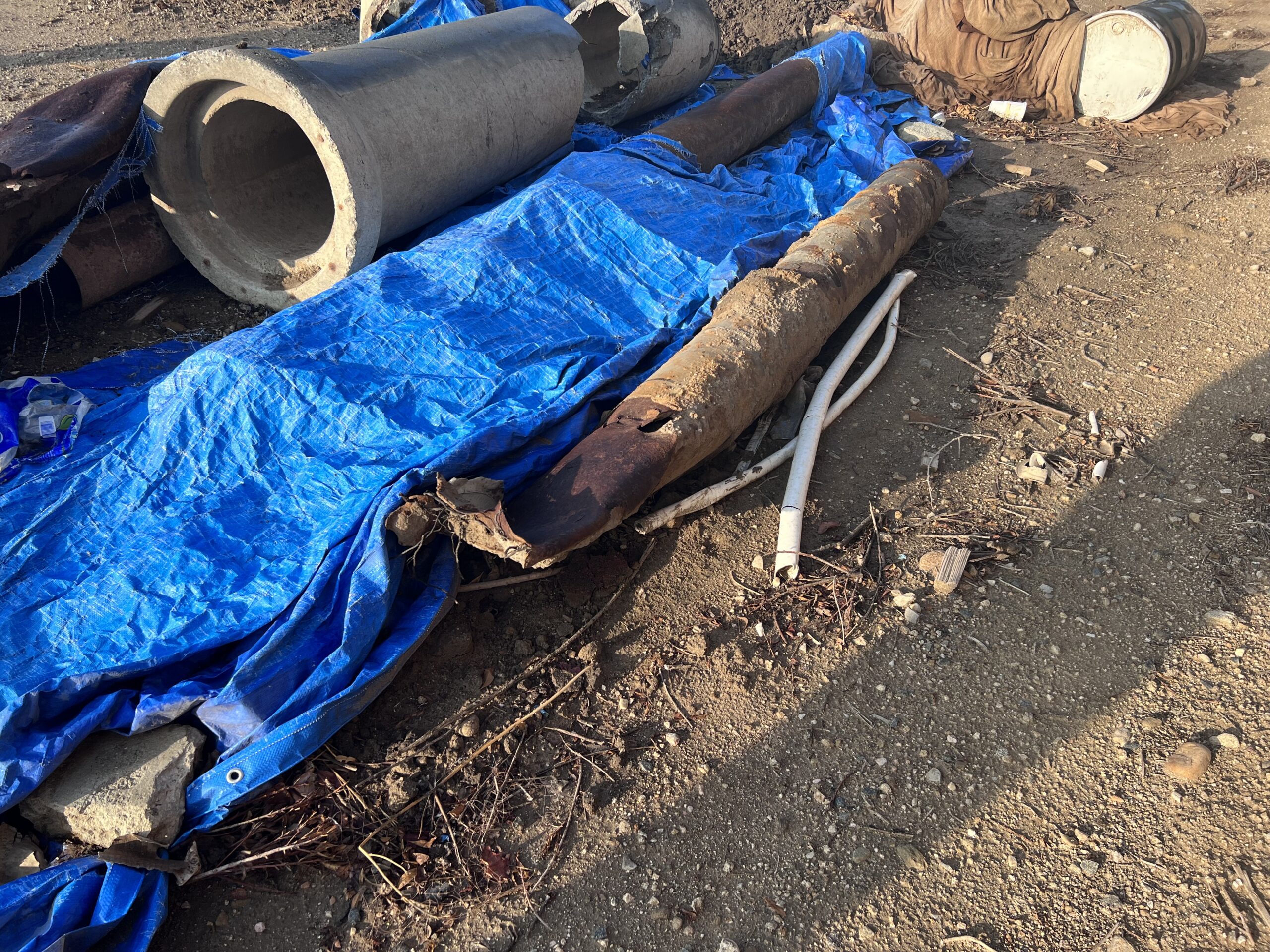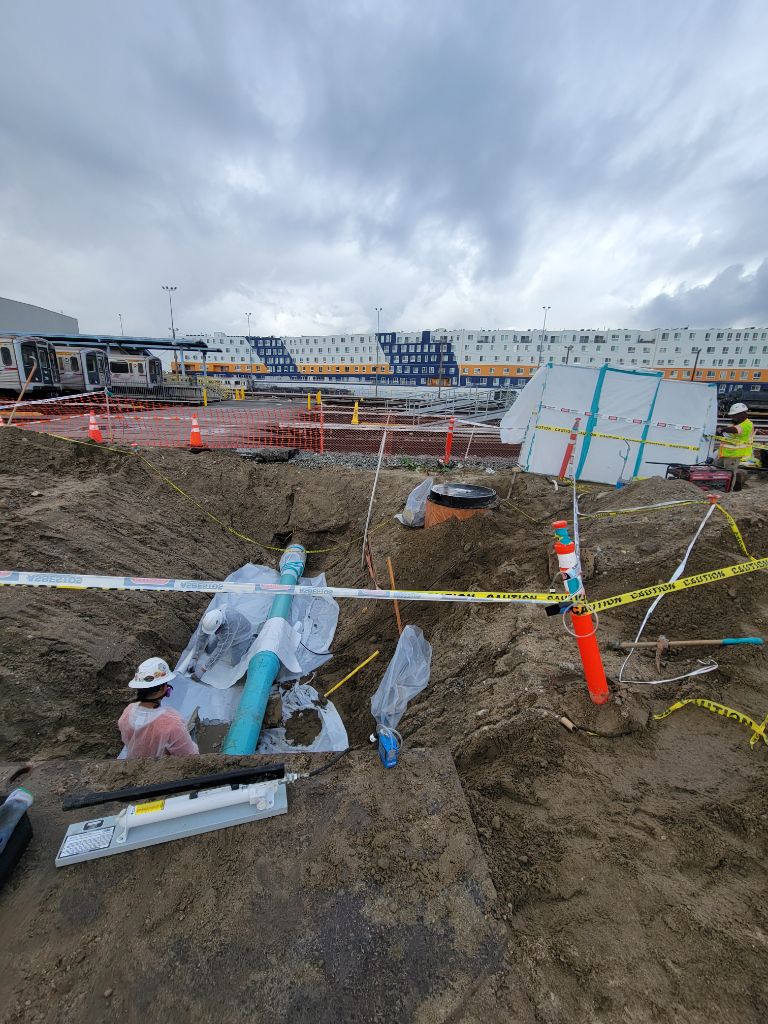




eWaste Disposal Inc.’s services at the Port of Long Beach.
eWaste Disposal Inc. and Asbestos/Lead Disposal at the Port of Long Beach:
* Services Offered: eWaste Disposal, Inc. specializes in the transportation and disposal of various hazardous wastes, including asbestos and lead. They also handle mold, bio waste, and other hazardous materials.
* Asbestos Pipe Disposal: The company has specific experience in asbestos pipe removal and disposal at the Port of Long Beach. Their process includes site assessment, development of a safe removal and disposal plan using specialized equipment to prevent fiber release, and transportation to a licensed hazardous waste disposal facility.
* Certifications and Licensing: eWaste Disposal, Inc. is a certified Disabled Veteran Business Enterprise (DVBE) and is licensed and insured by the State of California. They have over 20 years of experience in this field.
* Contact: For inquiries or a free quote, you can contact them at (949) 466-8857.
General Regulations for Asbestos and Lead Disposal in California:
Both asbestos and lead are classified as hazardous materials in California and are subject to strict regulations to protect public health and the environment.
Asbestos Disposal:
* Friable vs. Non-Friable: Friable asbestos (can be crumbled or reduced to powder by hand pressure) is considered hazardous waste if it contains 1% or more asbestos. Non-friable asbestos must be completely intact; otherwise, it may be considered friable.
* Handling and Containment: Asbestos waste must be contained in sealed, leak-tight, non-returnable containers (e.g., 6-mil thick plastic bags, drums). If placed directly in trailers or drop-boxes, the container must be lined with plastic sheeting and covered with a tarp.
* Transportation: For quantities over 50 pounds, a registered hazardous waste transporter is required, and the waste must be accompanied by a hazardous waste manifest. Smaller quantities generated from residential remodeling or abatement work may qualify for a temporary California ID number for disposal.
* Disposal Sites: Landfills must be authorized by the Regional Water Quality Control Board and CalRecycle to accept asbestos waste. Many municipal and demolition debris landfills have this authorization.
* Notification: For removal projects involving certain quantities of asbestos in commercial, institutional, or industrial facilities, a 10-day advance notification to the Great Basin Air Pollution Control District (or the relevant local air district) is required. Contacting Cal/OSHA is necessary if employees are involved in the removal work.
* Wetting and Double Bagging: Many types of asbestos waste require wetting and double bagging. Disposal must comply with the federal Toxic Substances Control Act (40 CFR 763).
Lead Disposal:
* Lead-Based Paint Debris: The California EPA requires that presumed (pre-1978) lead-based paint chips and dust be disposed of as hazardous waste.
* Handling Precautions: When handling lead-based paint debris, it should be collected in 6-mil plastic bags, and larger painted parts should be stored in containers. Covered, locked dumpsters or plastic-wrapped and locked storage areas are recommended.
* Construction Work: Contractors disturbing more than 100 square feet or 100 linear feet of lead-containing materials must take steps to prevent worker exposure and notify the Department of Industrial Relations at least 24 hours before starting work.
* General Hazardous Waste Regulations: Wastes containing lead are subject to the Resource Conservation and Recovery Act (RCRA) regulations for safe handling, treatment, storage, and disposal.
General Hazardous Waste Disposal in California:
* Manifest Requirement: Hazardous waste transported for disposal or treatment must be accompanied by a Uniform Hazardous Waste Manifest form. The generator of the waste is responsible for its proper disposal.
* Permitted Facilities: Hazardous waste must be taken to permitted treatment, storage, or disposal facilities.
* Small Quantity Generators: Businesses generating small quantities of hazardous waste may be able to use the County’s Household Hazardous Waste Disposal Program.
* Household Hazardous Waste: Many cities and counties have programs for collecting household hazardous waste at permanent centers or temporary events. This typically does not include waste generated from a business operating at a home.
Therefore, if eWaste Disposal Inc. is handling asbestos and lead transport and disposal from the Port of Long Beach, they would be required to comply with all applicable California and federal regulations regarding the handling, transportation, and disposal of these hazardous materials. This includes proper containment, labeling, transportation using certified transporters (if applicable based on quantity), and disposal at authorized facilities.
